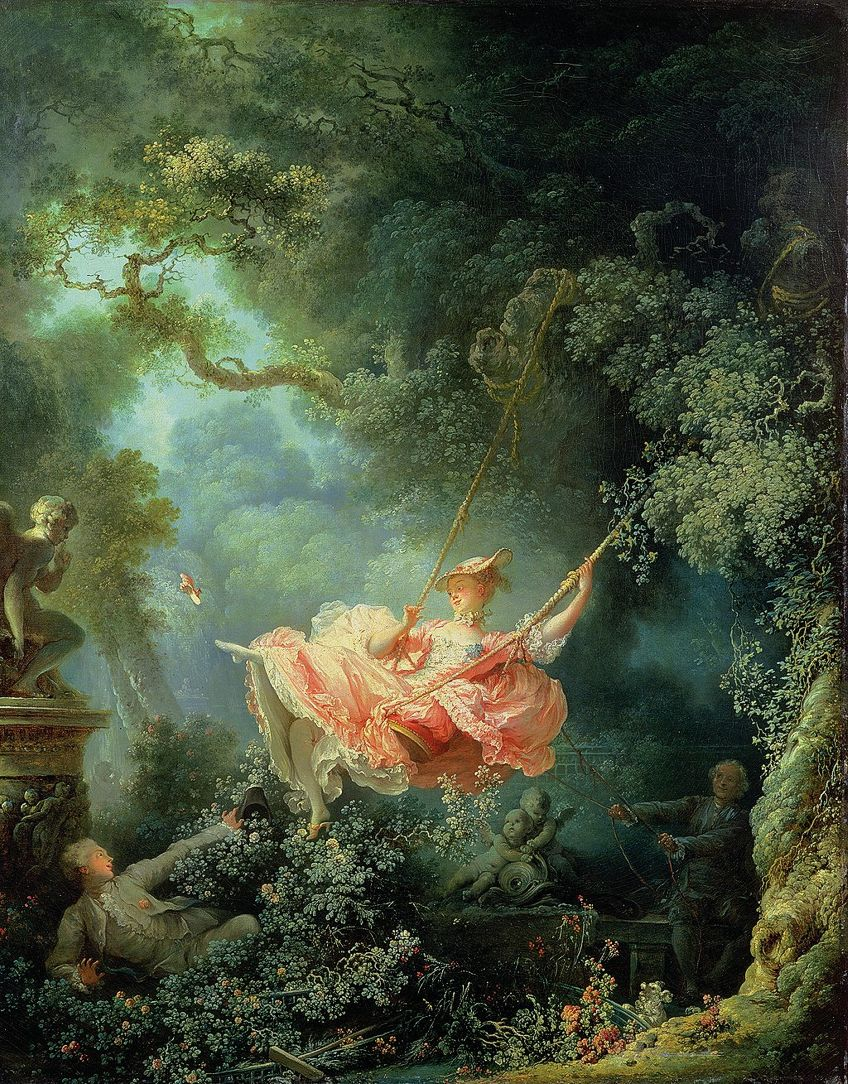The artwork of India is as diverse as its people, its countries include (see below) Pakistan, Bangladesh, Sri Lanka, India, and Nepal (Wikipedia, 2022).
The first piece I've selected is by Ismail Shammout, titled Dreams of Tomorrow, it is the final painting of a 19-piece mural collection painted from 1997-2000 (Wikiart, 2022) in Palestinian territory. Shammout uses oil-based paints and the collection is a chronological telling of the Palestinian people from exodus to reconstruction (Wikiart, 2022).RWest Art200 Blog
Saturday, July 16, 2022
Artwork of India-Non-Western Art
Thursday, July 14, 2022
Post Modern Art Technology and Diversity
The Civil Rights Movements of the 1960s opened the door for diversity in America. Women, ethnic minorities, and non-Judeo-Christian ideas began to have a voice both in politics and on the art scene. By the 1980s, and with an explosion in technological advances, art had expanded into multiple domains including, fiber arts, video games, performance art, environmental and street art.
Paul Friedlander creates kinetic light sculptures, an art that incorporates science, technology, and art. His work has been shown at ArtFutura in Barcelona, Buenos Aires, Madrid, and Montevideo and at the Museum of Modern Art, Madrid (Art Futura, 2022). The Wave Equation would be best observed in-person. I find Friedlander's work fascinating and could see it being a teaching tool for budding scientists and artists. Friedlander uses computer lighting systems to illuminate his pieces (Art Futura, 2022). A sure departure from paint and canvas, Friedlander's work epitomizes diversity in art.
Tuesday, July 12, 2022
Early Modern Art and the Great Depression
The final piece (above), Stacking Hay, is the work of Jason Pollock, a lithograph print, circa 1935, and is on display at the Denver Art Musem. Pollock worked for the WPA Federal Art Project from 1938-1932 (wikipedia, 2022). Black and white, the print is still able to capture the essence of farm and life in rural America. Like the girl on top the haystack, most American Midwest and Western kids spent time in the fields helping to bring in hay whilst growing up. Pollock's use of shadow and shading creates an electric atmosphere. I find this print whimsical and realistic at once. The wide-open spaces invite daydreaming, and the never-ending work of farm chores are an enduring part of our country's values and traditions. I would display this print as a reminder of my roots.
WPA Artists Changed the Course of U.S. Art
WPA Artists Changed the Course of U.S. Art
Wednesday, July 6, 2022
Romantic Era-Art Nouveau vs Hudson River School Style
Sunday, June 26, 2022
Classical Era Art and Morality
Neoclassical and Rococo styles of art painting are seen in the classical era, the period from around 1730-1820 (WikiArt, 2022). Earlier work features the Rococo style. A clear shift was made around 1785 and the latter part of the classical era is dominated by Neo-Classical works. Ladies appear to be well represented during the classical art era and all the work I've selected this week features women.
Thursday, June 16, 2022
Baroque Era Art
The Anatomy Lesson of Dr. Nicolaes Tulp by Rembrandt van Rijn (arthistoryproject.com)
This painting is oil on canvas, painted by Rembrandt in 1963, presumably in Amsterdam. It is one of his earlier works and is on display at Mauritshuis at the Hague, in the Netherlands (WikiArt, 2022). This work shows doctors under the tutelage of Dr. Tulp as they study the anatomy of the arm. Some of the men pictured were doctors that paid commissions to be included in the painting (WikiArt, 2022). That one way to be immortalized! Work is still done with cadavers to advance scientific knowledge (Lutz, 2012). Religious themes dominate this time period, and this painting is no exception. The cadaver was a convicted robber (WikiArt, 2022).
Personally, I have negative feelings about the Baroque period. The work is dark and eerie. The canvas is often filled with dark space as seen above. The Anatomy Lesson of Dr. Nicolaes Tulp does carry the feeling of being right in the action as was characteristic of the Baroque era. The use of Chiaroscuro is still used heavily during this period, a carryover from the Renaissance like used in Six Tuscan Poets (1569) by Giorgio Vasari.
Lutz, A. (14 June 2012). Here's What Really Happens To The 20,000 Bodies Donated To Science Each Year In The US. (online). Insider. Facts About Cadavers (businessinsider.com)
WikiArt. Visual Art Encyclopedia. (2022). The Anatomy Lesson of Dr. Nicolaes Tulp. (online). WikiArt.org - Visual Art Encyclopedia
Monday, May 30, 2022
Mannerism and the Late Italian Renaissance
Playing Putto (Musician Angel), 1518 - Rosso Fiorentino - WikiArt.org
This work, Playing Putto (Musician Angel), by Rosso Fiorentino, was produced in 1518 and is displayed at the Uffizi Gallery in Florence, Italy (Wikiart, 2022). Fiorentino worked with oil, as in the picture above, and fresco (mural art). Rosso, thus named for his red hair, was a Mannerism influenced painter of the late Italian Renaissance. Mannerism is a style that used distortion or disfiguration and was a departure from the more finite and realistic work of the time (Gečaite, 2003). Both mannerism and humanism are evident in this piece. Fiorentino fled to France following the 'Sack of Rome' where he remained until his death in 1540 (WikiArt, 2022).
I would have this print in my home. Unlike much of the work of the Italian and Northern Renaissance, there is a simplicity to this piece that makes it relatable and enduring. I like the use of shadows and light. Rosso uses a technique popular in this era, Chiaroscuro, making his angelic musician come to life. The eye is focused on the serene expression and the delicate hand in the forefront. The hand is childlike but elegant. The color is bold and the hue, vibrant. I appreciate the dark background. I believe it helps to focus the piece and gives it a timeless feel against the gold of the instrument.
References
WikiArt. Visual Art Encyclopedia. (20 May 2022). Rosso Fiorentino. (online). https://www.wikiart.org/en/rosso-fiorentino/playing-putto-musician-angel-1518
Gečaite, R. (2003). Mannerism: Islam and Western Art. Dialogue
& Universalism, 13(1/2), 167.
Artwork of India-Non-Western Art
The artwork of India is as diverse as its people, its countries include (see below) Pakistan, Bangladesh, Sri Lanka, India, and Nepal (Wiki...

-
Hello! I am Regan, an art novice and eager student of Art200. I look forward to exploring art with all of you! This is the final semester o...
-
The Anatomy Lesson of Dr. Nicolaes Tulp by Rembrandt van Rijn (arthistoryproject.com) This painting is oil on canvas, painted by Rembrandt...
-
The Civil Rights Movements of the 1960s opened the door for diversity in America. Women, ethnic minorities, and non-Judeo-Christian ideas be...




















